 One-one thousand. Two-one thousand. Three-one thousand.
One-one thousand. Two-one thousand. Three-one thousand.
And just like that, it can happen: From the front row of a passenger airplane, a group of hijackers leap from their seats and race toward the cockpit, leaving flight attendants, galley carts, and other improvisational means of defense in their wake. The reinforced cockpit door, opened just a few moments earlier to allow one of the pilots to use the lavatory, slams shut behind them, sealing off all hopes of regaining control of the aircraft.
All in a matter of three seconds.
It’s a scenario the Federal Aviation Administration has been aware of for years and one that has prompted many in the airline industry to push for installed physical secondary barriers (IPSBs) — retractable, fence-like devices set up between the cabin and the cockpit — as well as more comprehensive, industry-wide security procedures on all passenger aircraft.
Post-9/11 FAA regulations do permit flight crews to open and close cockpit doors during flights, but only when it is necessary to do so. Typically, this means meeting pilots’ physiological needs — for example, lavatory use and food and beverage service — though airline officials said pilots may need to exit the cockpit if mechanical problems arise during a flight.
Currently, each airline has its own FAA-approved procedures that specify how crews should go about opening and closing the cockpit door mid-flight. While the FAA doesn’t specify how long or how many times the door can be opened per flight, FAA officials said it is assumed crews will do it as quickly and minimally as possible, usually for under five seconds.


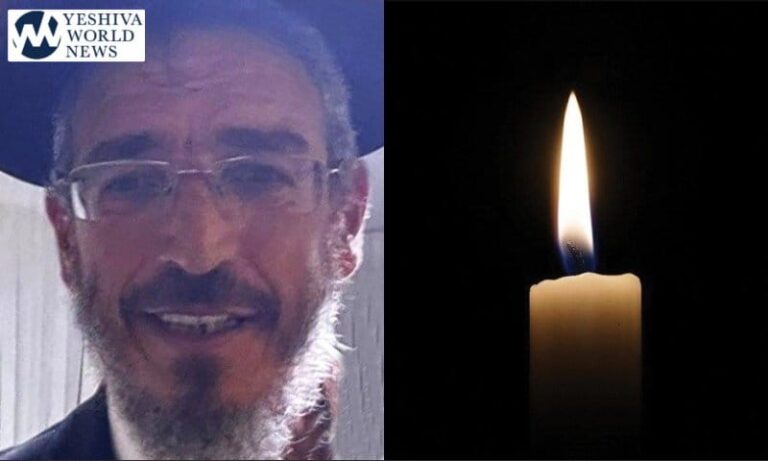

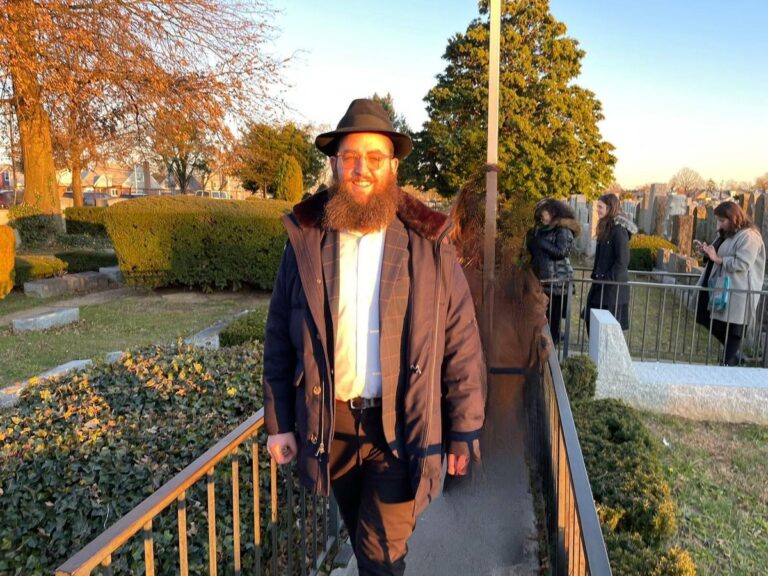
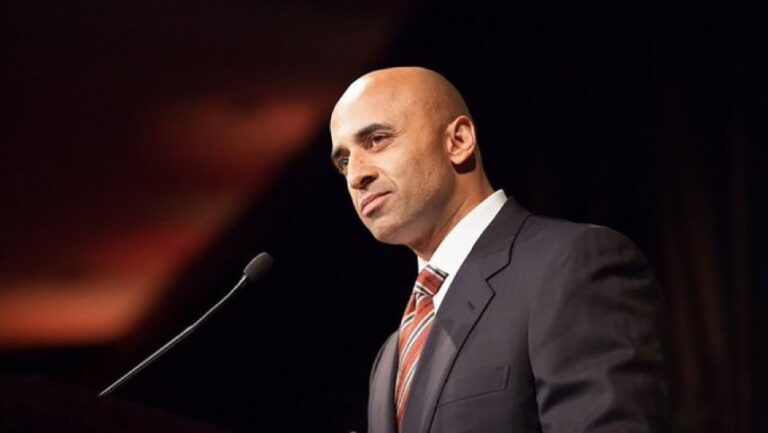

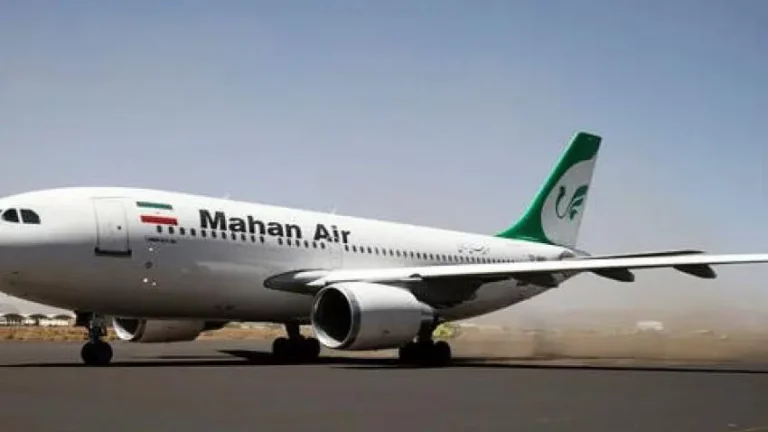

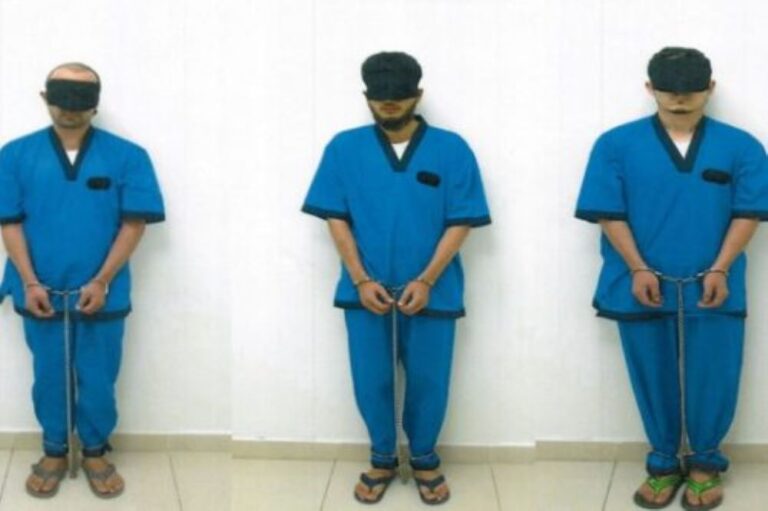

9 Responses
“It’s a scenario the Federal Aviation Administration has been aware of for years and one that has prompted many in the airline industry to push for installed physical secondary barriers (IPSBs) — retractable, fence-like devices set up between the cabin and the cockpit — as well as more comprehensive, industry-wide security procedures on all passenger aircraft.”
Whatever the cost it will be money well spent! There cannot be a price attached to passenger safety.
That’s why El Al has two doors up front. They are never opened at the same time. The pilot always closes the inner door before opening the outer door.
how about just putting the seatbelt light on for a minute, definitely more cost effective
According to 12786 no price is to be put on passenger safety. This is a news alert from 12786 we are to put no price when it comes to passenger safety.
@#3 That will only give an highjacker advance notice that the cocpit door is about to open, what holds him back from disobaying the seatbelts light?
#3: I’m sure a hijacker wouldn’t flout the fasten-seatbelt light. That would be against the rules. (Rolls eyes).
This is why those least likely to hijack should be seated in the first 10 rows or so. In addition, I agree with #3 that the seatbelt light should be put on before the cockpit door is opened.
#4 what in the world are you trying to say????????
The answer is quite simple…
Once g-d forbid a hijacking occurs in this manner, then, and only then, will they address this hole in security